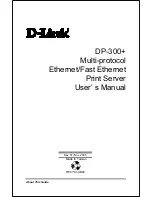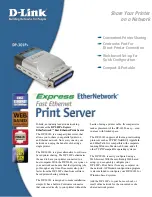
1-1
C H A P T E R
1
Overview of Dynamic
Reconfiguration
This chapter provides an overview of Dynamic Reconfiguration, which is controlled
by the eXtended System Control Facility (XSCF).
1.1
DR
Dynamic Reconfiguration (referred to as DR, in this document) enables hardware
resources such as processors, memory, and I/O to be added and deleted even while
the Solaris
TM
Operating System (referred to as OS, in this document) is running.
DR has three basic functions; i.e., addition, deletion and move, which can be used
for the following purposes.
■
Add system boards without stopping the Solaris OS of the domain, to improve
business operations or handle higher system loads.
■
Temporarily remove a faulty system board for parts replacement without
stopping the Solaris OS of the domain, in the event of an error that causes the
system board to become degraded.
■
Move a resource from one domain to another while continuously operating the
domains without physically removing or inserting a system board. Resources can
be moved to balance the loads on multiple domains, or to share common I/O
resources between domains.
SPARC Enterprise M4000/M5000/M8000/M9000 servers have a unique partitioning
feature that can divide one physical system board (PSB) into one logical board
(undivided status) or four logical boards. A PSB that is logically divided into one
board (undivided status) is called a Uni-XSB, whereas a PSB that is logically divided
Summary of Contents for SPARC Enterprise M4000
Page 2: ......
Page 6: ......
Page 23: ...Preface xxi Reader s Comment Form ...
Page 90: ...3 28 SPARC Enterprise Mx000 Servers Dynamic Reconfiguration User s Guide September 2007 ...
Page 116: ...4 26 SPARC Enterprise Mx000 Servers Dynamic Reconfiguration User s Guide September 2007 ...
Page 152: ...A 36 SPARC Enterprise Mx000 Servers Dynamic Reconfiguration User s Guide September 2007 ...
Page 158: ...Glossary 4 SPARC Enterprise Mx000 Servers Dynamic Reconfiguration User s Guide September 2007 ...
Page 161: ......
















































